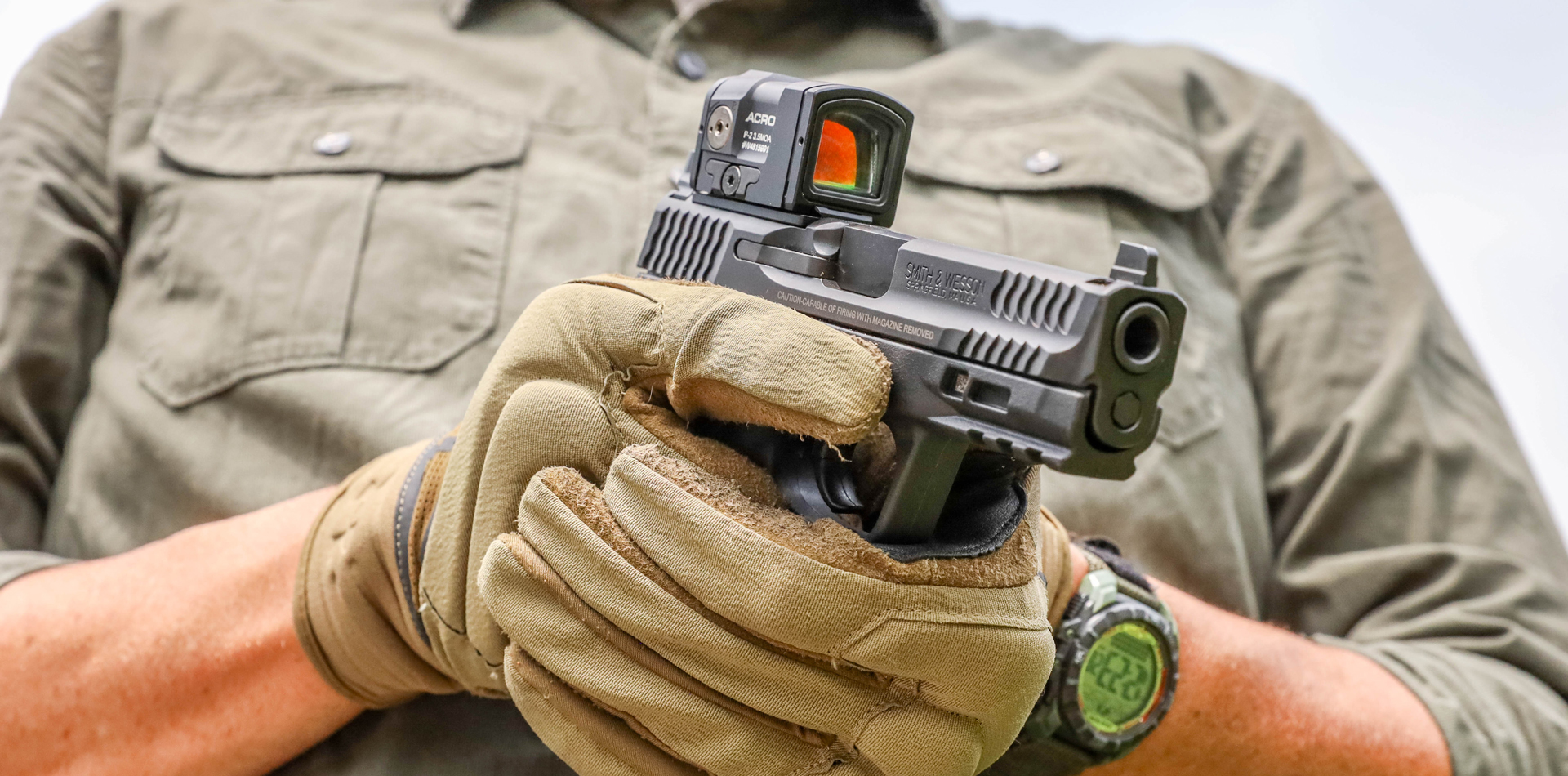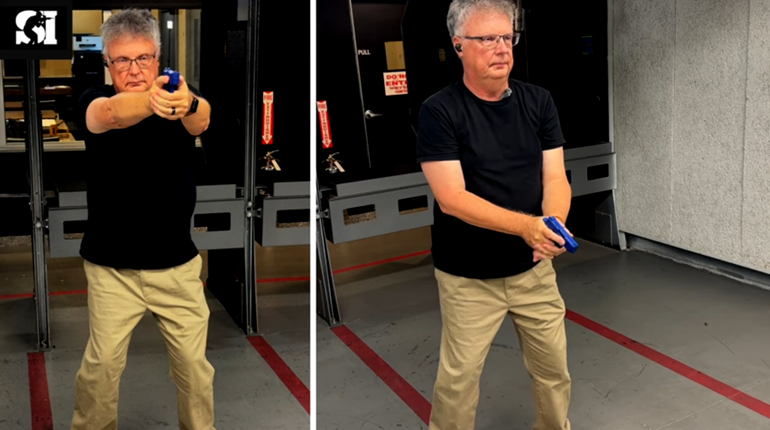
When delivering a pistol class to a group of seasoned shooters, one shooter, who had recently converted to carry optics, had finally been able to, in his own words “find the dot from my holster.” We referred to this as ‘indexing’ in the class. Most of the shooters had indexing down cold. Many of the troops could press off a round at 7 yards and centerpunch an A-box at or under a 1.25-second par time.
Everything was going smoothly until we started running transitions, when our new-to-the-dot person began struggling immensely. During a break, I took him off to the side and asked him what he was seeing. His description pretty much matched his physical movement from what I could observe, but he had an unnecessary pause prior to triggering.
Running diagnostics on him revealed a few glitches similar to those I had wrestled with in the past, so to me they were readily recognizable. Isolating three "wobbly wheels," we discussed it as a class. Several of the other shooters who were ‘getting away with it’ shared similar timing issues so we decided to locate, isolate and eliminate each error.
Rolling Focus
The first and foremost issue for the folks recently converted from iron sights, was to maintain visual focus on the target itself and not shift their focal plane back toward the front sight. When you’ve grooved something in so deeply, it takes a conscious effort to replace it with a new one – namely staying visually on the target and not on your dot.
Running the usual target-focus drills of spelling words, using shapes and colors to hold their focus on the target was met with some success. However, there were a couple of shooters so entrenched with shifting their focal plane back to their dot that it wasn’t completely effective.
The solution ended up being a compromise to build a new visual habit. Asking them to stay visually focused on the target was like going cold turkey, so I recommended that since they are automatically shifting their focal plane anyway to at least just come back to a ‘soft focus.’
If you can’t seem to stay on the target, then at least don’t go all the way back to your dot. We ran it a few times and it worked like a lucky charm. Rolling the focal plane back just a little was better than coming completely off the target.
Rolling Stop
Visual processing is one thing, and the trigger press must be there too, but without getting the muzzle exactly where it needs to be, none of the above matters.
Your ability to establish an acceptable arc-of-wobble must become more refined with increased target difficulty. The greater the difficulty, the greater the need to stabilize that muzzle in a timely manner. Most stepped onto the struggle bus as the time and accuracy requirements got steeper.
The majority snapped into it with a bit of a pause at the end while others ‘rolled into it’ with less pause. Things work out the best when you move rapidly at the beginning of your transition and roll into it without changing your grip pressure. This ‘accelerated rolling stop’ idea worked well for most.
However, as soon as you work out the wrinkles in an isolated skill, you need to then plug it back into the matrix. So we worked on part 1, the rolling focal plane, then on part 2, the accelerated rolling stop and then onto part 3, combining part 1 and part 2 so that it became a repeatable skill.
Rolling Trigger
Lastly was the fire control component. Some of the guys were ‘snapping’ the trigger at distances way too far out for a ‘snap’ and quickly discovered that rolling the trigger, a more precise press, worked better at the greater distances and at speed. It was, of course, reaching for another level of control, but seeing consistency in performance proved that it was working.
Now that we had isolated the trigger press and cleaned up the rolling stop issues, we found that putting all three pieces together still didn’t quite yield the results we wanted. One last training drill to the rescue.
Starting on target one (T1) I had them press one round on T1 and then move to target two (T2) and take up the slack on the way over but not press off the second round. The involuntary ‘ooooh’s’ and ‘aaaaah’s’ were verbalized up and down the line as they could clearly see exactly what was happening. They encountered at least one of the three most common errors: over-travel, under-travel or visual focus shift. You can’t fix what you can’t see, so this was a great interim step and fixed a lot of problems up and down the line.
Eventually, the rolling focus, the rolling stop, and the rolling trigger all clicked in. Upon achievement of this repeatable and improved performance, there was great rejoicing throughout the valley.





































